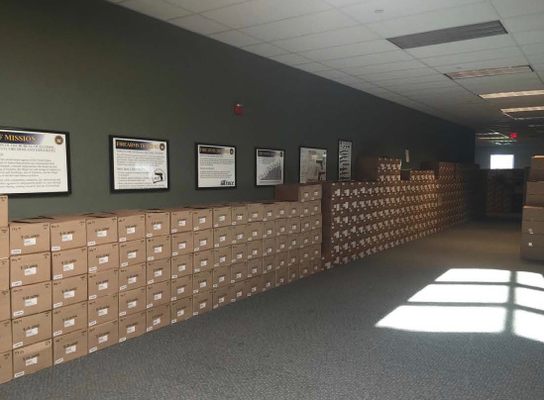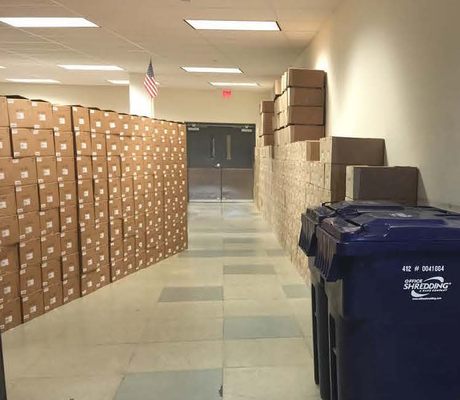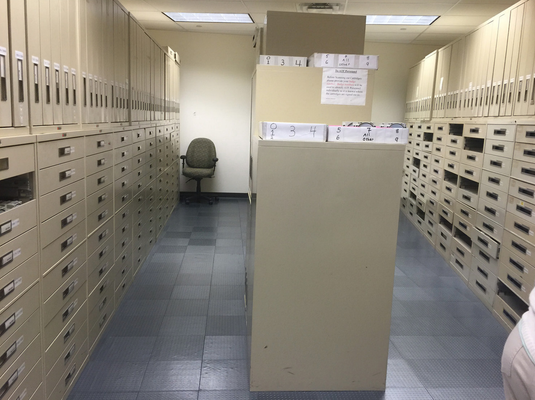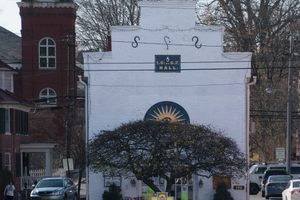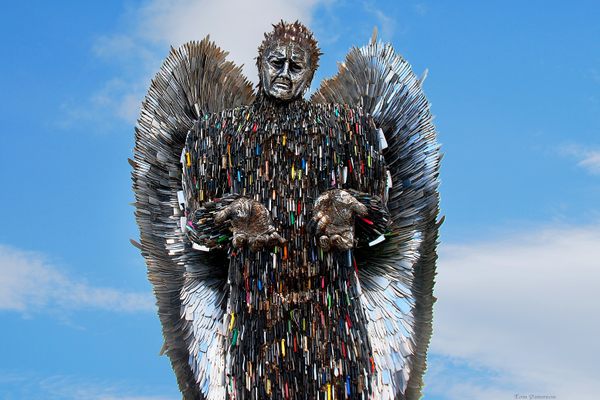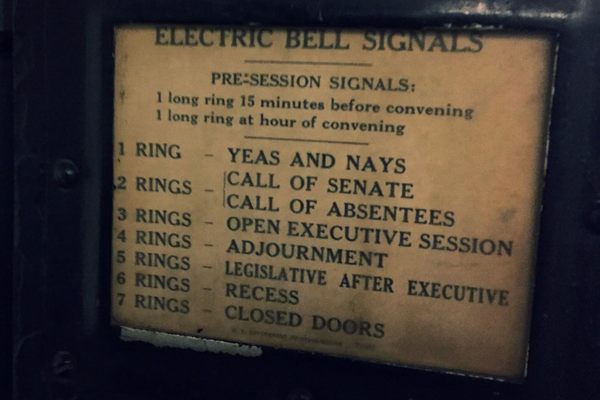About
When a gun crime is committed in the U.S., you might assume that police would simply enter the weapon's serial number into a computing system and come out with the name of the perpetrator. But due to years of lobbying from the NRA, no such centralized system exists. In fact, the data must be uncovered through archaic processes by the low-tech, underfunded National Tracing Center.
The National Tracing Center (NTC) in Martinsburg, West Virginia, is the go-to source for police stations looking to catch a criminal. It receives nearly 1,500 requests for gun traces every day. The center's work would be quite simple if there were a digitized national gun registry, yet, bizarrely, the NTC—part of the Bureau of Alcohol, Tobacco, Firearms and Explosives (ATF)—is effectively banned from using an online national registry.
When a police station calls to have a serial number traced, the center instead must contact the weapons manufacturer, and hope it has hung on to the paperwork with the gun owner’s name on it. Officials can submit requests for traces online through the eTrace computer system—it's not all telephones and paper mail—but there is no searchable database. The NTC does, however, oversee the Access 2000 program, which enables it to search the manufacturer’s database of serial numbers for information about the distributor or retailer to whom the firearms were sold. In some cases, the gun dealer has gone out of business, in which case NTC employees must search tediously through thousands of stacks of boxes full of paper and endless rolls of microfilm to find the right serial number. The search can take weeks.
Astonishingly, so many paper gun records are stored in the National Tracing Center, the sheer weight of the boxes was stressing the building's infrastructure so much that it violated the building code. The center was forced to rent large outdoor storage containers to house the excess boxes, which remain today in the building's parking lot.
Related Tags
Published
January 30, 2018
Sources
- https://www.gq.com/story/inside-federal-bureau-of-way-too-many-guns
- https://www.usatoday.com/story/news/nation/2015/10/27/firearms-national-tracing-center-atf/74401060/
- http://www.latimes.com/nation/la-na-atf-guns-trace-center-20160728-snap-htmlstory.html
- http://www.motherjones.com/politics/2016/09/atf-nra-battle-guns/
- https://www.youtube.com/watch?v=1N118jYj2cA
- https://www.atf.gov/resource-center/fact-sheet/fact-sheet-national-tracing-center
